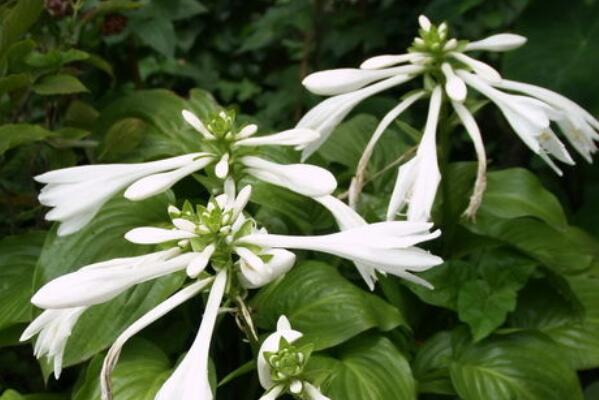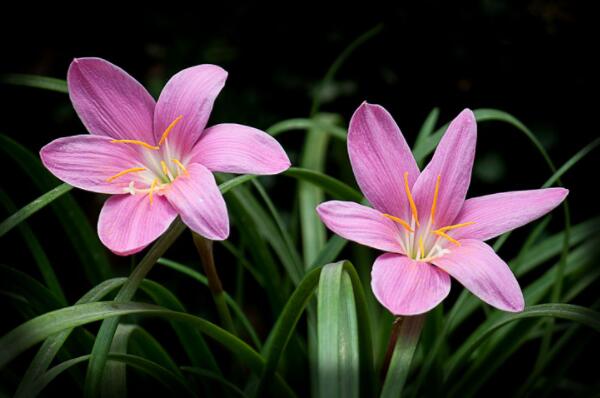How much is hops per jin now? What is the price trend of 2018? Where is the origin of China? (with planting technology)
Hops is an indispensable raw material for brewing beer. About 1000 years ago, the Germans added hops to the beer, giving the beer its present refreshing taste and fragrance. So how much is hops per jin now? What is the price trend of 2018? Where is the origin of China? Now the hops planting techniques are sorted out for you as follows:

According to Alibaba's latest price, hops cost 68 yuan per jin. Domestic hops are not the same as imported ones, and different varieties are also different.
2018 what is the price trend of hops?
In 2018, China's three major beer legions let bygones be bygones and joined hands to raise prices. At the beginning of the new year, a blockbuster was thrown into the market.
"at present, the so-called price increase is an increase in the price of some of the major brewers' products in some areas, not in an all-round way. At present, the scope of the part is not clear. The price hike actually sends a signal that at a time when the growth of beer sales in China is stagnant, the price hike is just one of the means, and all the groups want to boost profits.
As a result, hop prices are likely to rise in 2018.
Producing area of hops in China
China is widely distributed in the Tianshan and Altai Mountains, mainly in the Ertix River and its branch basins in Altai, the Emin River Basin in Tacheng area, and the Yili River Basin in Yili area. In addition, hops are also distributed in Ningxia, Gansu, Sichuan, Shaanxi and Yunnan. There is more cultivation in all parts of China.
The method of planting hops
Growth habits: like cold and cool, cold and heat-resistant, growth temperature 14-25 ℃, frost-free period of about 120 days. Long-day sunshine plants, like light, the annual sunshine hours need 1700 to 2600 hours. Do not choose soil, but it is suitable for loam with deep, loose, fertile and good aeration, either neutral or slightly alkaline soil. Spikes ellipsoid, long 2.5~3cm, diam. 1.5~2.5cm. Bracts imbricate, ca. 45, scattered, broadly ovate or ovate-lanceolate, apex obtuse, a few acuminate, base coiled. The surface is brown or brownish red, the veins on the inner surface are obviously raised upward, the base is wrapped in a fruit, the surface is longitudinally ribbed, and the tip is mucronate; the outer surface is attached with red powdery particles.
Field management
1. Cutting buds is an important measure to artificially regulate growth and development. by cutting buds, a few strong buds are left behind, so that nutrients are concentrated on these strong buds and develop into strong aboveground stems and underground roots. bud cutting can also remove rotten roots, diseased roots and insect pupae, playing a role in the prevention and control of diseases and insect pests. In most parts of our country, buds are cut in spring, but only in autumn. The sprout should be cut sooner rather than later in spring, and the time for sprouting should not be delayed too long. The method is to dig up the soil around the rhizome until all the old roots are exposed, then use a wooden knife to remove the soil outside the pit, and use a sharp bud cutter to cut off the new rhizome or rotten root at 1.5 cm or 2 cm between the new and old rhizome, leaving only 5 to 8 strong buds in the new and old rhizome. The cutting edge of the bud knife is required to be smooth, do not cut the rhizome, dry it for 1 or 2 hours and then cover the soil. two。 After the seedlings and fixed seedlings were unearthed, the seedlings began to grow. The height of the seedlings was about 20 cm. The number of seedlings left depends on soil fertility, variety, plant row spacing and frame shape, etc. Generally speaking, there are 2 and 3 trees per plant in the plot with large plant distance and high height.
3. Lead the vine and tie the vine and sparse the branches and leaves. When the seedling is 40-60 cm high, tie the branches to the lead wire according to their growth habits with thin cables or plastic ropes, once every 3-5 days. Do it when the plant wilts slightly on a sunny day to prevent breaking the branches. When the seedling is 2 meters high, it begins to thinning branches and leaves, thinning the side vines below the lead wire and the overdense, overlapping and infected branches and leaves, making them ventilated and transparent, promoting the growth of the main vines and reducing disease infection.
4. If there is a lack of water during the irrigation growth period and before overwintering, it will affect the growth and yield, especially during the flowering period, it must be irrigated about 7 to 8 times during the whole growing period.
5. Fertilization can be combined with irrigation. Nitrogen fertilizer was applied at seedling stage, 10 ~ 15kg / mu, compound fertilizer was applied at bud stage and flowering stage respectively. 8-10 kg per mu, organic fertilizer is applied before overwintering, about 3000 kg per mu.
6. Intertillage weeding should be done in time after every irrigation or rain, generally deep hoeing in the early and late growth stages, and shallow hoeing during flowering to avoid root damage and affect the yield.
Reproduction method
1. Seed propagation is mainly used for cross breeding. Because the seed coat is hard and most of the seeds are stunted, the germination rate is very low, about 6% to 12%. Therefore, it is necessary to select seeds before sowing, select full seeds, soak seeds in 35 ℃ warm water or put them in a warm place of 23-25 ℃ to accelerate germination, sow seeds when the average temperature reaches 20 ℃, cover soil about 2 cm, after sowing should be often watered to maintain soil moisture, 3-5 days can be unearthed, newly unearthed seedlings should avoid sun exposure, need to use curtains to shade. With the growth of seedlings, we should also timely insert poles to support seedlings and tie vines on the shelves. In the middle stage of seedling growth (from late July to mid-August), fertilizer and water are most needed, which can be topdressing for 1 or 2 times, and are often ploughed for weeding and pest control. Asexual reproduction is used in the production of hops.
two。 The method of cuttage propagation of underground stem is simple and easy, and it is widely used in production in our country. When cutting buds in late autumn or early spring, the underground stems with strong growth, 10-14 cm in length, 1.5-2 cm in diameter and smooth incisions at both ends were taken as seedlings to be planted directly. If it can not be planted in time, it can be planted in a ditch where the terrain is high and dry. The ditch is 60-80 cm deep. The seedlings can be tied up into small handfuls according to the variety, and the famous brand of the variety can be put in the ditch. One layer of soil, one layer of seedlings, pseudo-planting, and write down the location of each variety. If the seedlings need to be transported, attention should be paid to avoid water loss and heat and mildew as far as possible when packing.
3. The green wood cutting method has high propagation coefficient and can be carried out under the conditions of greenhouse and seedbed, and has been used in production abroad. From late May to early June in Beijing, the survival rate of Greenwood cuttings with 2 bud nodes was high, up to 100%. The green branch with one bud node can also be taken in the middle of July and treated with 1000 microliter / liter indoleacetic acid alcohol solution, the rooting rate can also reach 96.7%.
4. When cutting buds by bud planting method, the full and robust buds with a small amount of fibrous roots are planted in the nursery according to the row spacing of 30 cm x 60 cm; all the buds are required to be planted in the soil, with the tip of the buds 3 cm from the ground and 2 cm covered with soil. keep the soil moisture, it can be unearthed in 15 days and 20 days, according to the requirements of seedling management, strengthen management.
Time: 2019-03-19 Click:
- Prev

How much is the price of the perennial plant hairpin flower seedlings? What varieties do you have? What are the breeding methods? What is fancy language?
Jade hairpin flower, also known as jade spring stick, white crane flower, jade bubble flower, white hairpin, is a perennial root plant of the genus Artemisia. It blossoms from summer to autumn and is as white as jade. How much is the price of Jade hairpin flower seedlings? What varieties do you have? What are the breeding methods? What is fancy language? What is the method of sowing and reproduction? It is reported that
- Next

How much is the price of perennial green onion seedlings? When do you usually plant and bloom? How long is the florescence? How to plant
Green onion orchid generally refers to green lotus, also known as jade curtain, gladiolus lotus, leek lotus, liver herb, native to South America, and now it is planted all over China. So how much is the price of green onion seedlings? When do you usually plant and bloom? How long is the florescence? How to plant it? Learned from Suqian Flower Base
Related
- Fuxing push coffee new agricultural production and marketing class: lack of small-scale processing plants
- Jujube rice field leisure farm deep ploughing Yilan for five years to create a space for organic food and play
- Nongyu Farm-A trial of organic papaya for brave women with advanced technology
- Four points for attention in the prevention and control of diseases and insect pests of edible fungi
- How to add nutrient solution to Edible Fungi
- Is there any good way to control edible fungus mites?
- Open Inoculation Technology of Edible Fungi
- Is there any clever way to use fertilizer for edible fungus in winter?
- What agents are used to kill the pathogens of edible fungi in the mushroom shed?
- Rapid drying of Edible Fungi

